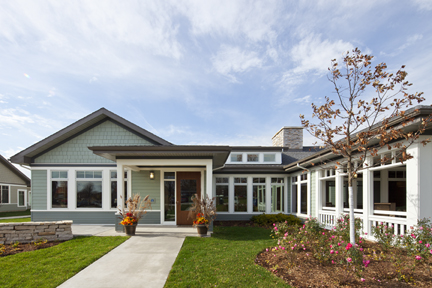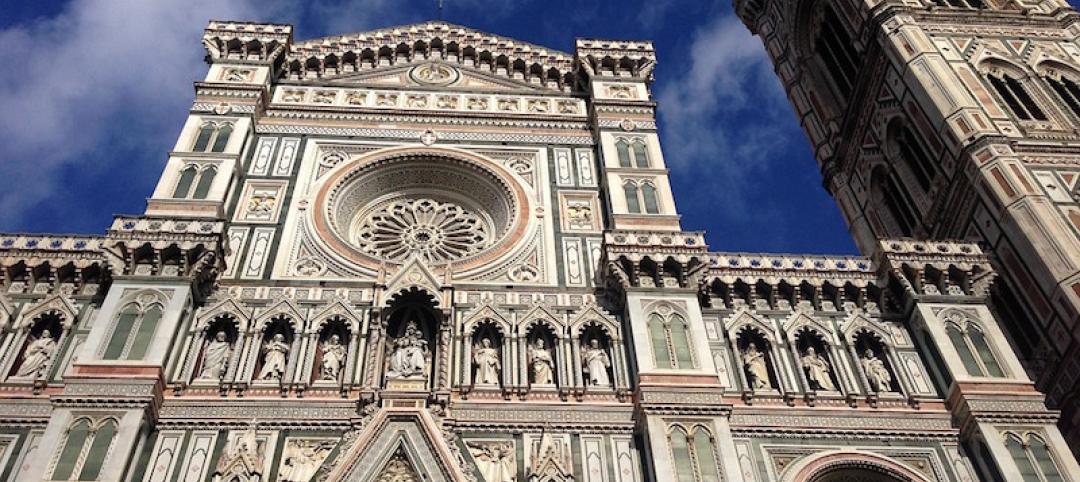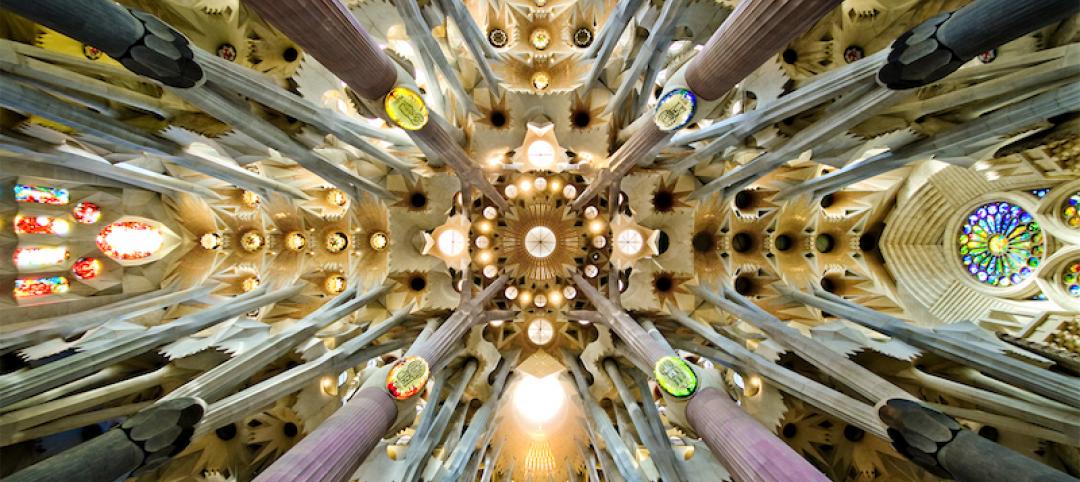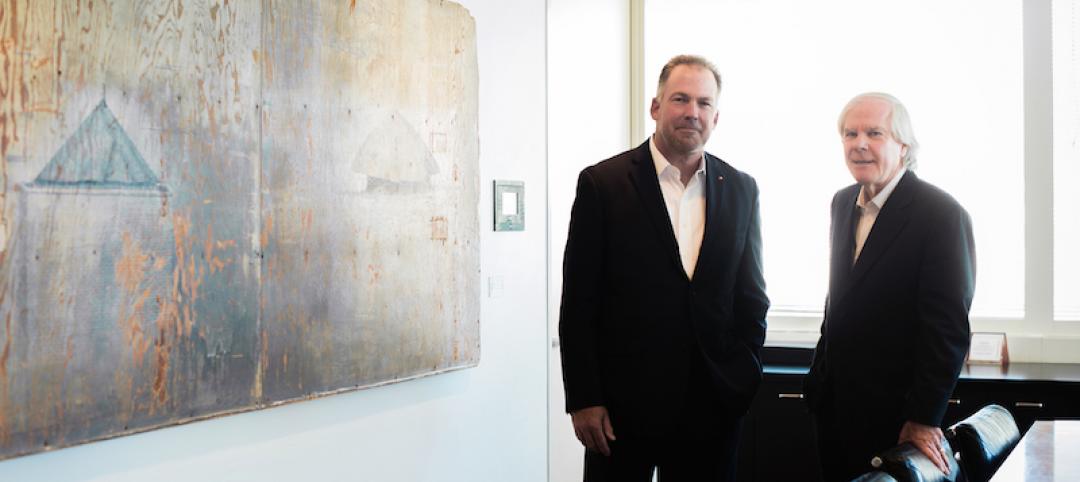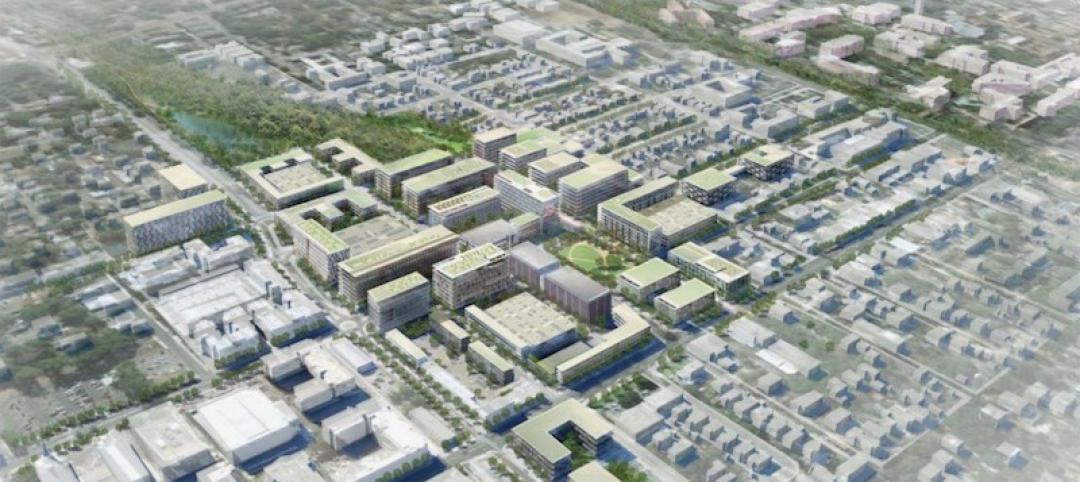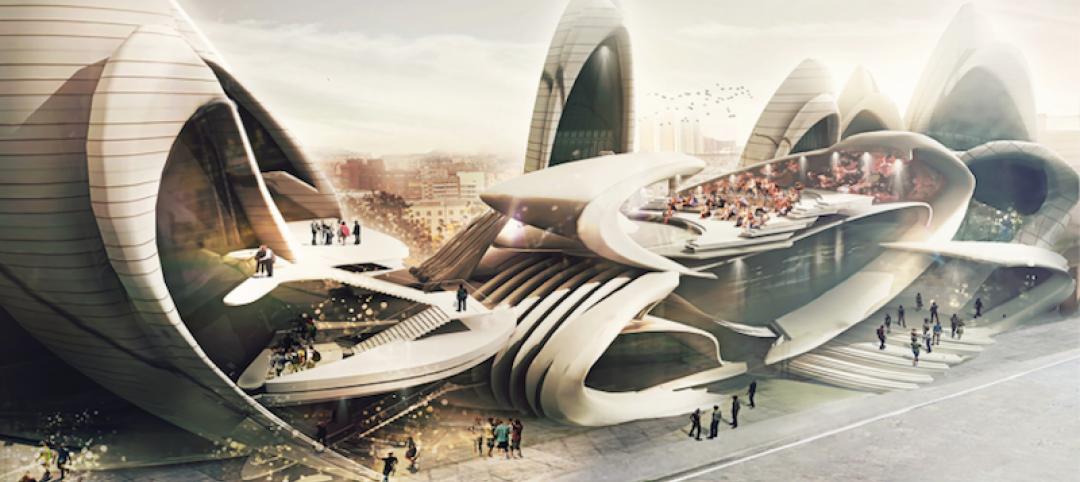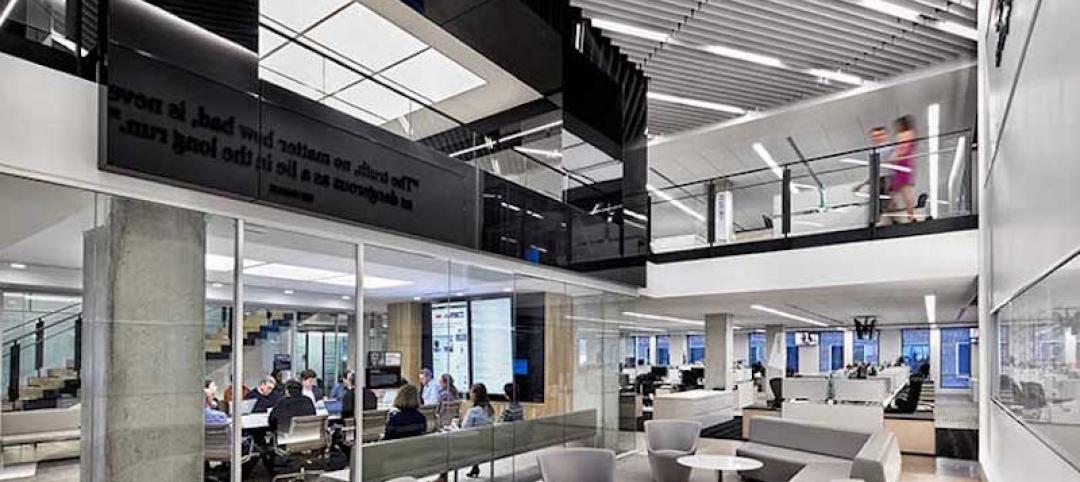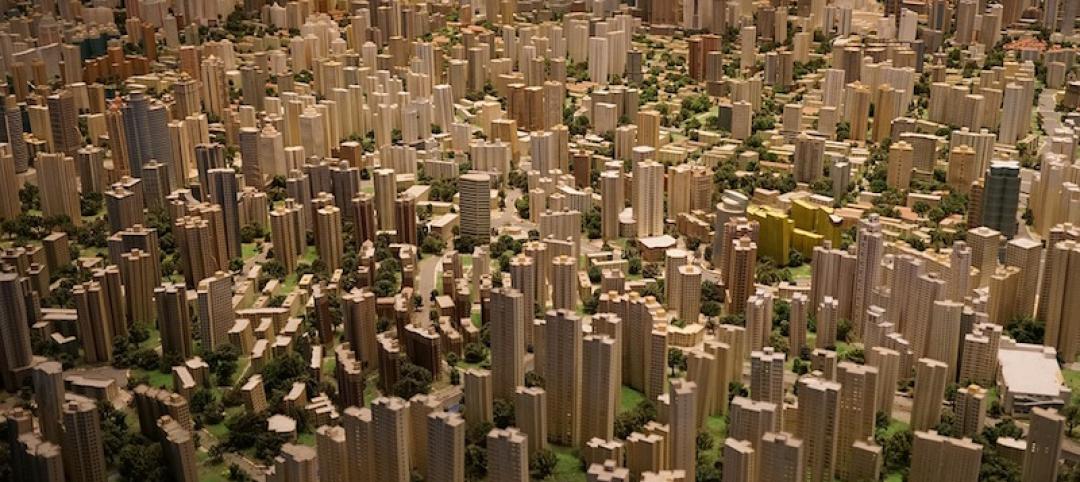The Chicago office of Perkins Eastman joins the U.S. Department of Veteran Affairs (VA) in announcing the country’s first Community Living Center (CLC) to utilize the Green House Prototype Design Package at the VA Illiana Health Care System campus in Danville, Ill.
The CLC at Danville consists of two 7,500 sf buildings—named Freedom House and Liberty House—containing ten private bedrooms with direct views to common areas, communal living areas and kitchens, and ample outdoor space, all with an aim to restore maximum function and independence while providing veteran-centered care.
The VA Illiana Health Care System CLC is the first of several VA communities either planned or under construction that utilizes the Green House Prototype Design Package, a new approach for seniors needing skilled nursing care that emphasizes de-institutionalization. The prototype was designed in 2011 by Perkins Eastman in concert with the Green House Project and NCB Capital Impact to provide a turnkey design for senior living communities at a reduced schedule and with reduced costs. The overall goal of design is to empower more providers across the country to create communities where seniors can experience quality care in a de-institutionalized environment.
A transformation in the way veteran care is delivered, Freedom House and Liberty House address the spectrum of health—physical, emotional, psychological—in their design. In adopting this community-based model of care, Freedom House and Liberty House at VA Illiana provide greater assurances of privacy and personalized environments for veterans in ways more traditional models cannot.
Perkins Eastman also designed six CLC buildings at the Captain James A. Lovell Federal Health Center in North Chicago, Ill., the first phase of which consists of two Green House Prototype buildings currently under construction to complete this summer. The second phase consists of four CLC buildings currently in design. BD+C
Related Stories
| Sep 26, 2016
RELIGIOUS FACILITY GIANTS: A ranking of the nation’s top religious sector design and construction firms
Gensler, Leo A Daly, Brasfield & Gorrie, Layton Construction, and AECOM top Building Design+Construction’s annual ranking of the nation’s largest religious facility AEC firms, as reported in the 2016 Giants 300 Report.
Architects | Sep 26, 2016
Explore the world through architectural adventures
A new travel program offers design enthusiast travelers 10 global destinations.
Architects | Sep 21, 2016
DLR Group broadens its practice range and market penetration with addition of Westlake Reed Leskosky
The merger, say company officials, creates “a global design leader” in a consolidating industry.
Architects | Sep 21, 2016
Design for the transition from thinking to creating
While heads-down work continues, the changing nature of learning and work has resulted in a shift toward frequent and spontaneous exchanges.
Codes and Standards | Sep 21, 2016
Healthy buildings becoming a key design priority for both architects and building owners
Nationwide survey finds nearly three of four architects cite health impacts influencing design decisions
Cultural Facilities | Sep 19, 2016
International competition recognizes insect-inspired design for Moscow Circus School
The proposal would make the school’s activities more transparent to the public.
Architects | Sep 19, 2016
A workplace designed for the innovation economy
Over the past 100 years, how we work has changed dramatically, and these changes have impacted workplace design.
Architects | Sep 16, 2016
Former architect now builds architectural wonders out of LEGO blocks
Adam Reed Tucker’s creations are currently on display at the Museum of Science and Industry.
Architects | Sep 15, 2016
Implicit bias: How the unconscious mind drives business decisions
Companies are tapping into the latest research in psychology and sociology to advance their diversity and inclusion efforts when it comes to hiring, promoting, compensation, and high-performance teaming, writes BD+C's David Barista.
Museums | Sep 14, 2016
Architectural model museum opens in Japan
The museum includes models from Japanese architects including Shingeru Ban, Kengo Kuma, and Riken Yamamoto.


